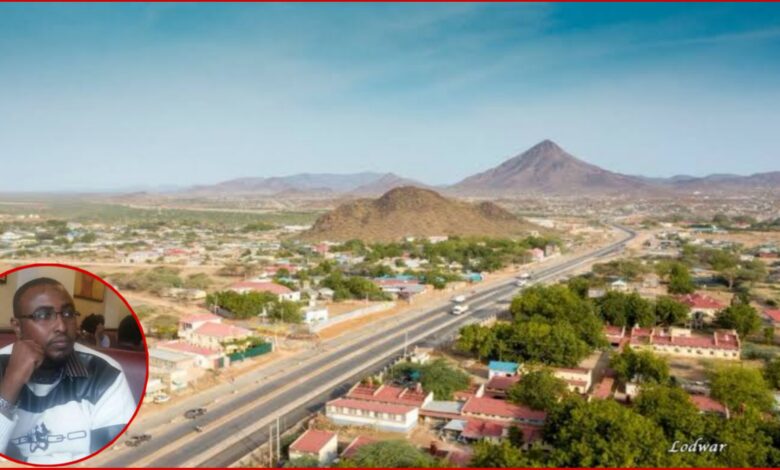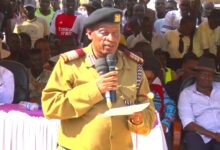
The Turkana people have long thrived as pastoralists, living across vast lands in scattered settlements. While this lifestyle is deeply rooted in tradition, it has also presented significant challenges—overstretching the county’s resources, making public service delivery inefficient and cumbersome.
As the county continues to receive substantial devolution funds from the government and support from international organizations such as the World Food Programme (WFP), Oxfam, and World Vision, the question remains: Why are these efforts not yielding tangible progress? The answer lies in urbanization.
Challenges of Scattered Settlements
Turkana’s vast land is sparsely populated due to the pastoralist way of life. While this allows for traditional grazing patterns, it also makes it difficult and expensive for the county government to provide essential services such as roads, water, healthcare, and education. With people living far apart, every borehole drilled, school built, or road constructed only benefits a handful, limiting the impact of development efforts.
Additionally, the security situation is worsening. Bandits from the neighboring communities, such as the Pokot, have exploited the dispersed settlements, making it easier for them to invade and steal livestock. Without a concentrated population, Turkana residents struggle to defend themselves effectively.
Why Urbanization is the Solution
By encouraging Turkana residents to settle in planned urban centers, the county can:
1. Improve Public Service Delivery – Roads, water supply, healthcare, and education facilities can be efficiently distributed.
2. Enhance Security – A concentrated population makes it easier to establish police posts and defend against external threats.
3. Boost Economic Activities – Small urban centers foster business growth, job creation, and market accessibility.
4. Promote Sustainable Agriculture – Instead of migrating for pasture, residents can be taught modern techniques such as grass cultivation using water pans, making livestock keeping more sustainable.
Practical Steps Towards Urbanization
1. Sensitization and Community Engagement – Educate the community on the benefits of urbanization and sustainable grazing methods.
2. Investment in Water Pans – Developing water storage systems will encourage residents to settle in one place while also facilitating grass cultivation.
3. Infrastructure Development – Establishing accessible roads, healthcare, and schools will naturally attract settlements.
4. Government and NGO Collaboration – Aligning efforts between the county government, NGOs, and international donors will ensure resources are used effectively.
Conclusion
For Turkana County to fully utilize its resources and achieve meaningful development, urbanization is no longer an option—it is a necessity. The scattered nature of settlements has hindered economic growth, burdened resources, and heightened insecurity. By concentrating people in strategic urban centers and promoting modern sustainable grazing practices, Turkana can transform into a region of prosperity. The time to act is now.
 Yassin Ali is a social-political Analyst, based in Lodwar, Turkana County.
Yassin Ali is a social-political Analyst, based in Lodwar, Turkana County.



